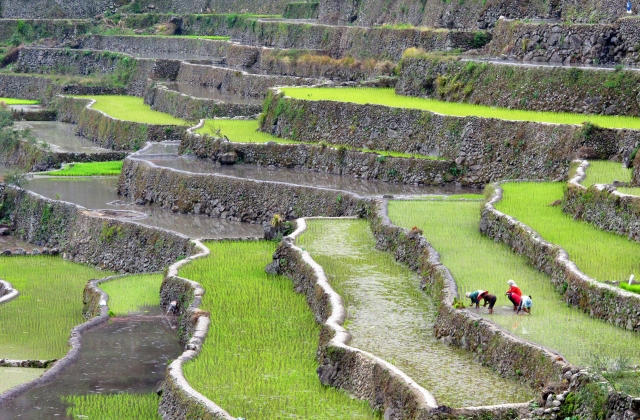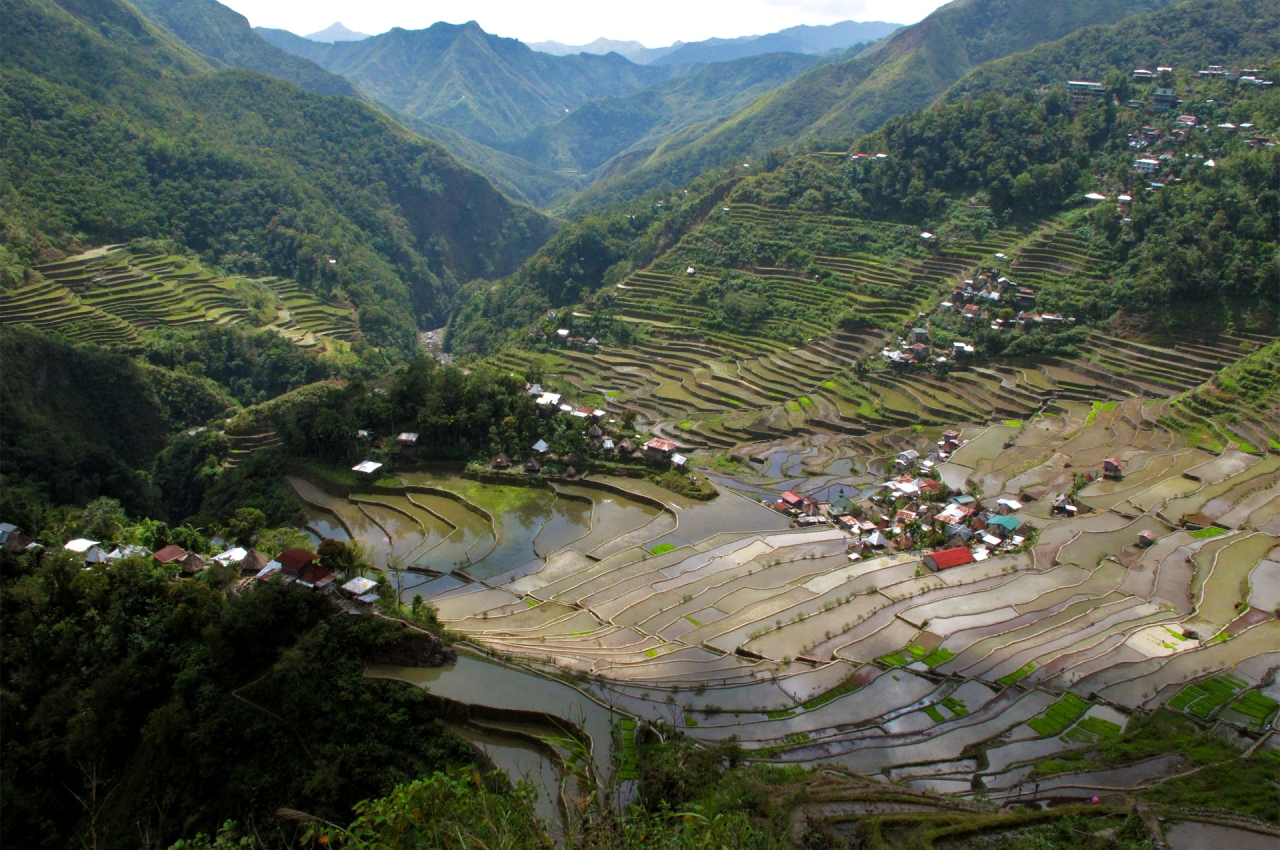A tour of Banaue in the Philippines is not only a great adventure trip but also a lesson in sustainability. Going green has become a buzz topic in recent years but for the real solutions to our modern-day woes all we need to do is look to the past. At least that's the case when it comes to the Banaue rice terraces located on Luzon Island in the Ifugao region of the Philippines.
Carved into the hills over 2,000 years ago by indigenous Filipino tribes, these working rice fields provide the primary rice crop to many local vendors. Aside from being named one of the Eighth Wonders of the World, historians look to the rice fields as a beautiful example of how humankind and nature can both flourish under the right design.
But perhaps even more remarkable is the fact that each tier of the rice fields was all carved by hand with the use of simple tools. A feat that, like England's Stonehenge, adds mystery and intrigue to the site.
Starting in September 2017 the rice fields will be easier to visit than ever before. Wakay Air Services will offer commercial flights from Clark to Bagabag airport; the closest airport to Banaue. These flights will depart from Clark which is very accessible from Manila every four days which will cut travel time in over a half for those wishing to visit the terraces. When these tickets go live, Uncharted Earth can help you snag these seats.
Until these flights are available it takes roughly 9-10 hours by overnight bus to reach the rice fields from Manila. This deters many visitors but those who brave the long journey to this World Heritage site know that the awe-inspiring views are worth the trip.
 photo by Zean Villongco
photo by Zean Villongco
Currently, indigenous Ifugao tribes manage and protect the rice terraces; individual terraces are privately owned by tribe members via ancestral rights. These same individuals also care for the fields with highly detailed maintenance practices that have been passed down over the years.
In modern times, though, the rice terraces are threatened as younger generations are moving to cities and not staying home to tend to the fields. However, with the introduction of these flights and an expected boost in tourism, locals are hoping to provide a more sustainable living for those who decide to stay and maintain the fields.
Aside from the famous Banaue rice terraces, there are other indigenous rice fields nearby that are worth savouring. The Batad rice terraces have ripples of tiers rounded in an amphitheatre shape. Mayoyao's rice fields grow the organic indigenous red and white rice in its fields. And Hapao's rice terraces located in Hungduan date back to 650 AD just to name a few.
If you're ready to take in the beauty of this one-of-a-kind sight, contact Uncharted Earth and they'll be happy to show you a sampling of the Philippines' many heritage sites including the Banaue rice terraces.

 photo by Zean Villongco
photo by Zean Villongco